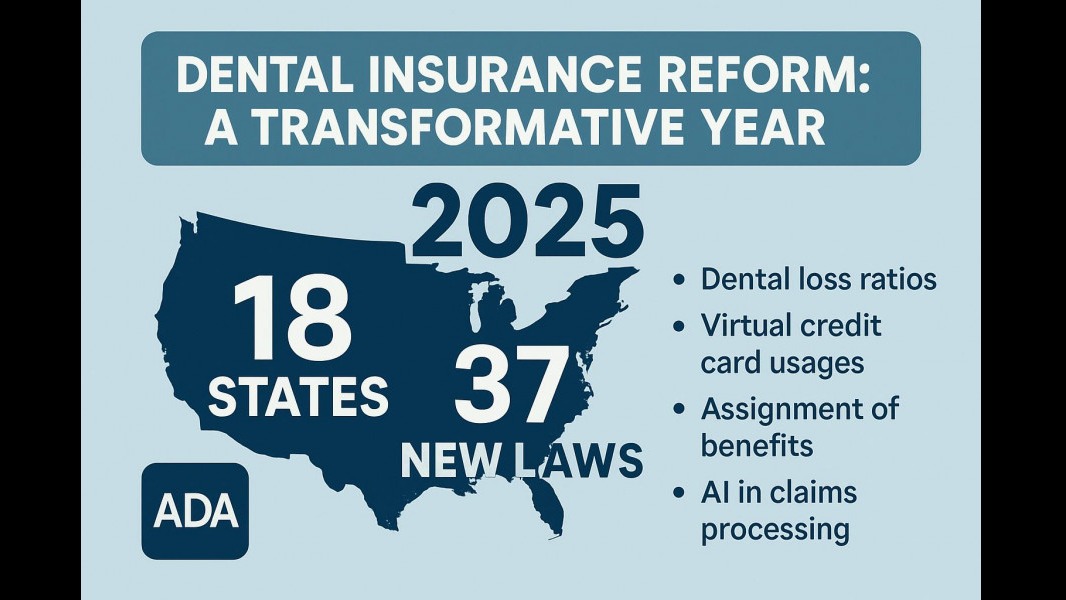
Understanding the Evolving Dentist Workforce Landscape in 2025
As we look to the future of dentistry, the landscape of the dentist workforce is shifting dramatically, influenced by various socio-economic factors. The American Dental Association has reported significant changes that are reshaping the profession. Currently, there are over 202,000 dentists operational across the U.S., a number that continues to grow steadily. With approximately 80% of these professionals being general practitioners and a notable increase in pediatric dentistry specialization, these developments indicate a vibrant but evolving field.
Demographic Shifts: A Younger and More Diverse Workforce
The demographics within the dentist workforce are presenting a new face to the profession. The workforce is not only getting younger, but it is also becoming more diverse in terms of gender and ethnicity. In 2024, 38% of U.S. dentists were female, marking a significant increase from just over 15% in 2001. More than half of these women are under 45, highlighting a trend of increasing interest from younger females entering dentistry. However, while the number of Asian and white dentists aligns closely with the national average, Black and Hispanic professionals remain underrepresented in comparison to their proportions within the general population, showcasing a persistent challenge for equity in access to the profession.
Urban vs. Rural Dentist Distribution: Disparities in Access
While statistics show that there are 59.5 dentists for every 100,000 people, this ratio reveals significant disparities between urban and rural areas. Urban regions boast a dentist-to-population ratio of 64.7 per 100,000, compared to only 32.7 per 100,000 in rural settings. This disparity emphasizes a vital issue in healthcare access, particularly for communities living outside metropolitan areas. States like North Carolina have seen notable increases in dental providers per capita, while others like Pennsylvania have not experienced similar growth, stressing the need for targeted policy interventions.
Shifting Specialties: Trends in Pediatric Dentistry
In the past two decades, pediatric dentistry has observed the largest surge in specialists compared to other fields. This increase correlates with a growing acknowledgment of the importance of dental care in early childhood development. Furthermore, orthodontics remains the most populous specialty, with 5% of practicing dentists focusing in this area. This trend signals a broader societal recognition of dental health's essential role in overall well-being and an exciting area for growth and investment in dental education and practice.
Implications for Practice Management and Patient Care
As demographics shift, dental practices must adapt to meet the changing needs and expectations of patients. An increased female workforce often aligns with a patient-centric approach, as many studies suggest female dentists tend to prioritize communication and empathy in patient relationships. This shift matters significantly in building patient trust and loyalty, especially in communities where these qualities can lead to a better understanding of patient needs, ultimately influencing practice growth and sustainability.
Future Trends: Preparing for 2025 and Beyond
As we approach 2025, several factors will continue to influence the dental workforce. Strategies focusing on enhancing workforce diversity, such as scholarships for underrepresented groups and public awareness campaigns, can foster an inclusive environment. Moreover, technology will play a pivotal role in shaping dental practices, from improving patient management systems to integrating telehealth solutions. These advancements will not only streamline operations but will also enhance patient access to care.
Creating an Inclusive Future for Dentistry
Ultimately, the future dentist workforce will be defined not only by the increasing number of practitioners but also by their diversity and adaptability in meeting patient needs. Ongoing education and policy support will prove critical in recruiting and retaining a workforce that is as dynamic as the communities they serve. For dental professionals and stakeholders, staying informed and proactive about demographic trends will be the key to thriving in the evolving landscape of dentistry.
As a practitioner, consider the implications of these trends as they directly relate to your practice. Engaging with local communities and advocating for healthcare access can position you to make a significant impact, both professionally and socially. Are you ready to take action and become part of this transformation?
 Add Row
Add Row  Add
Add 




Write A Comment